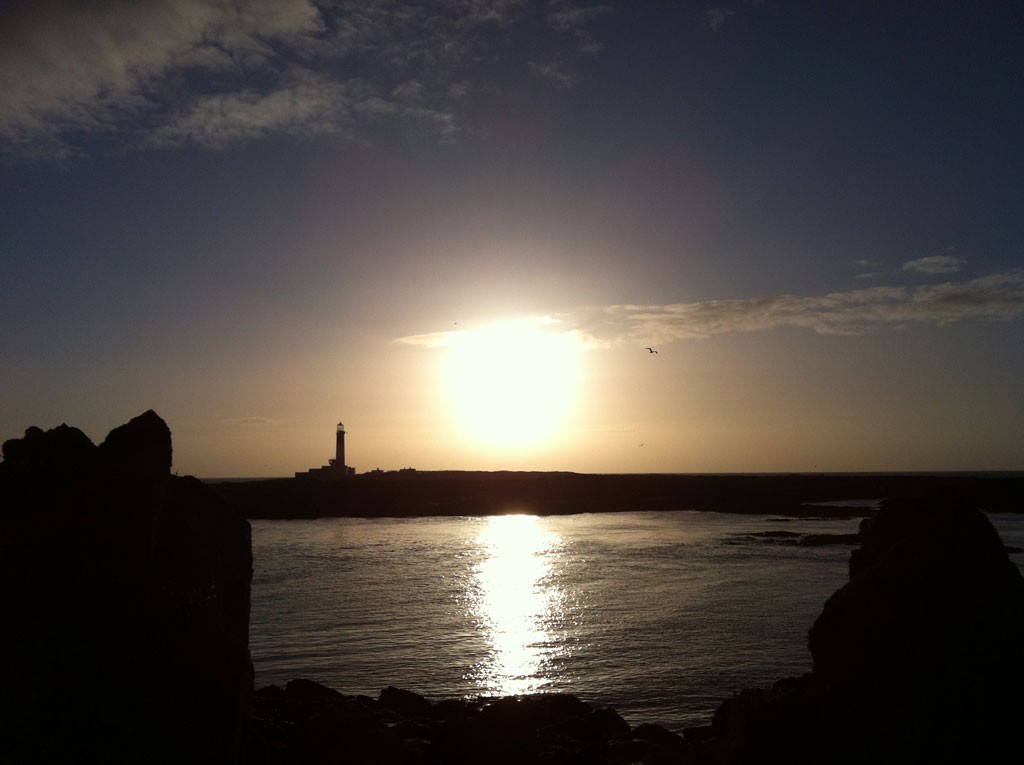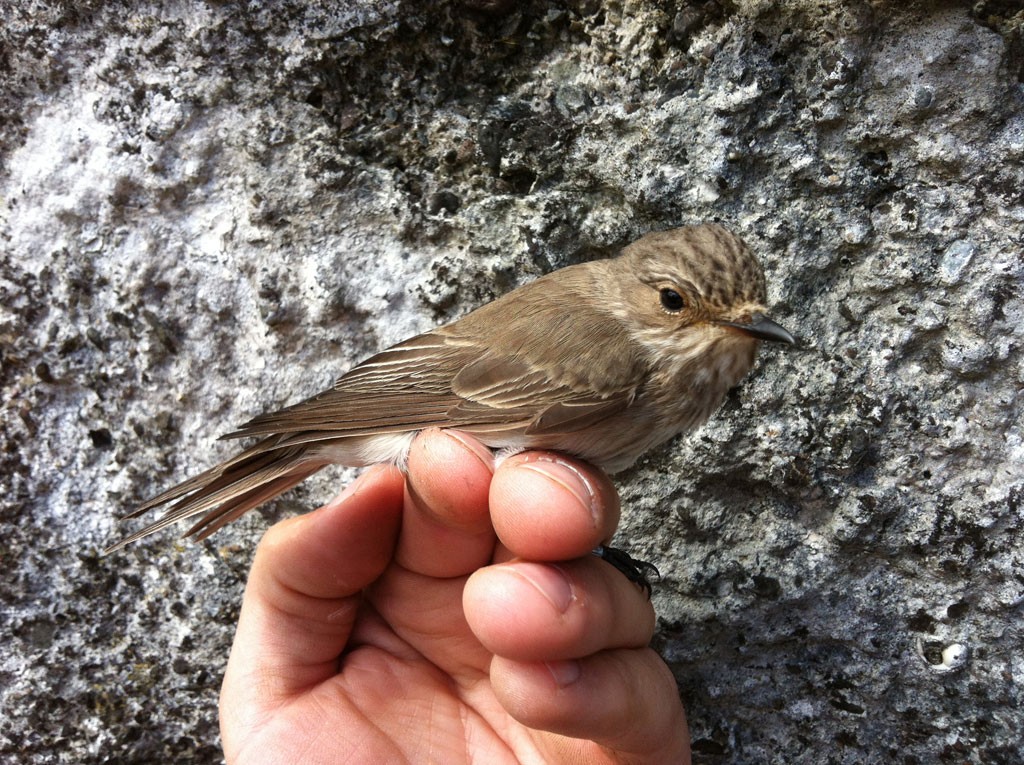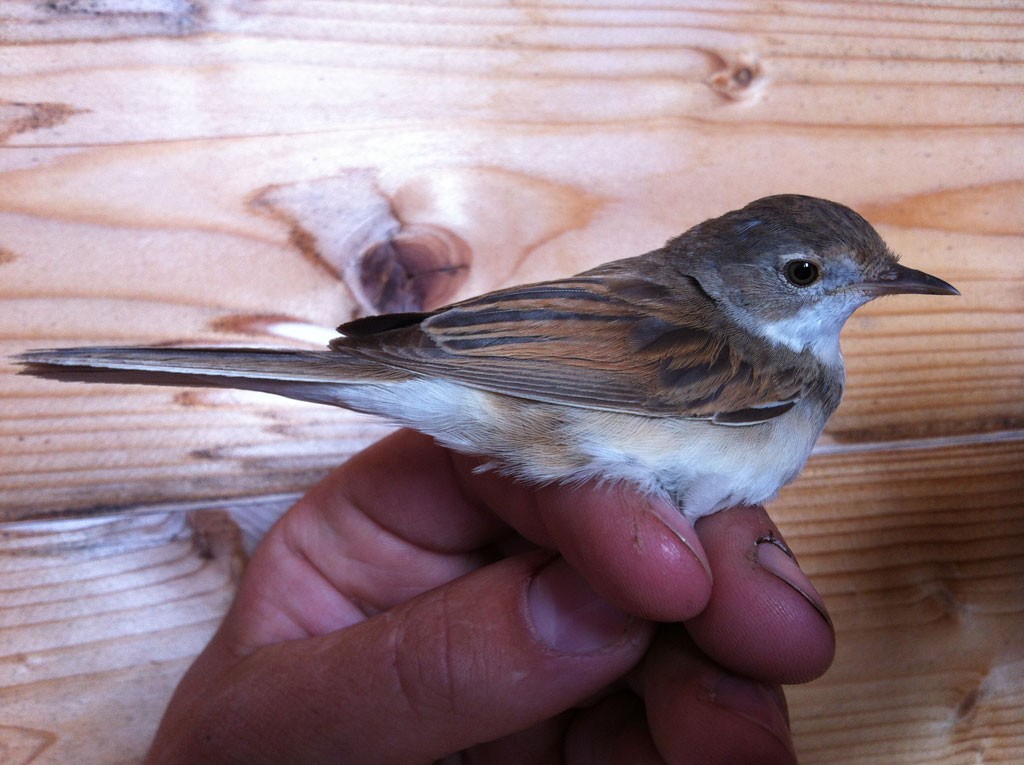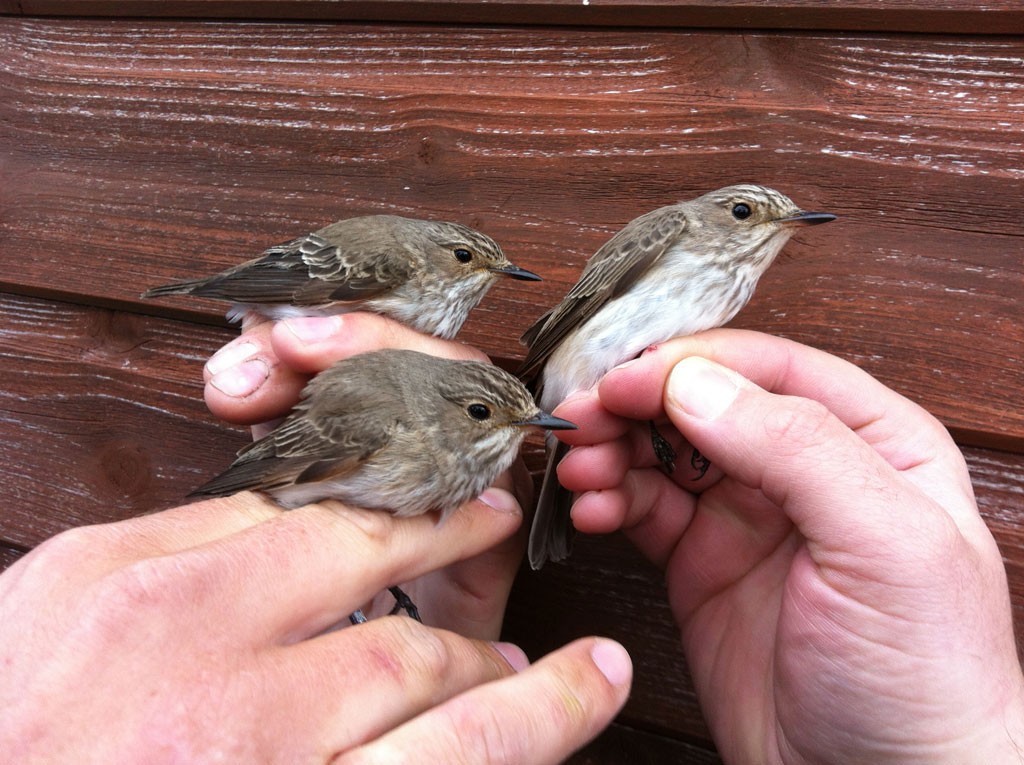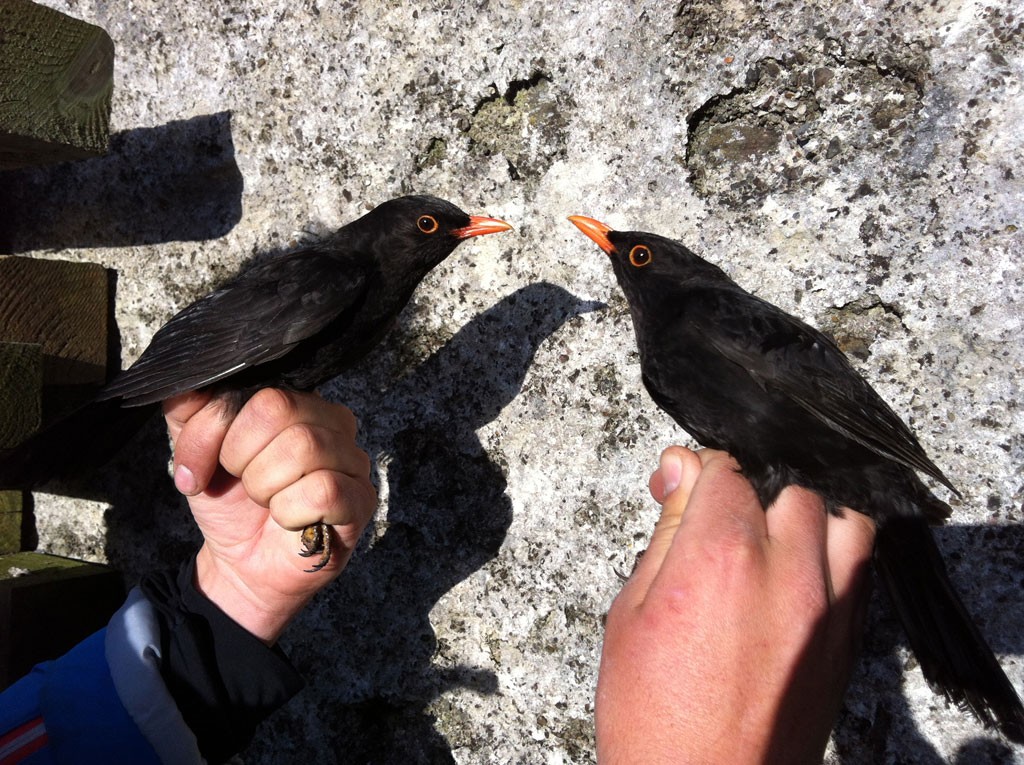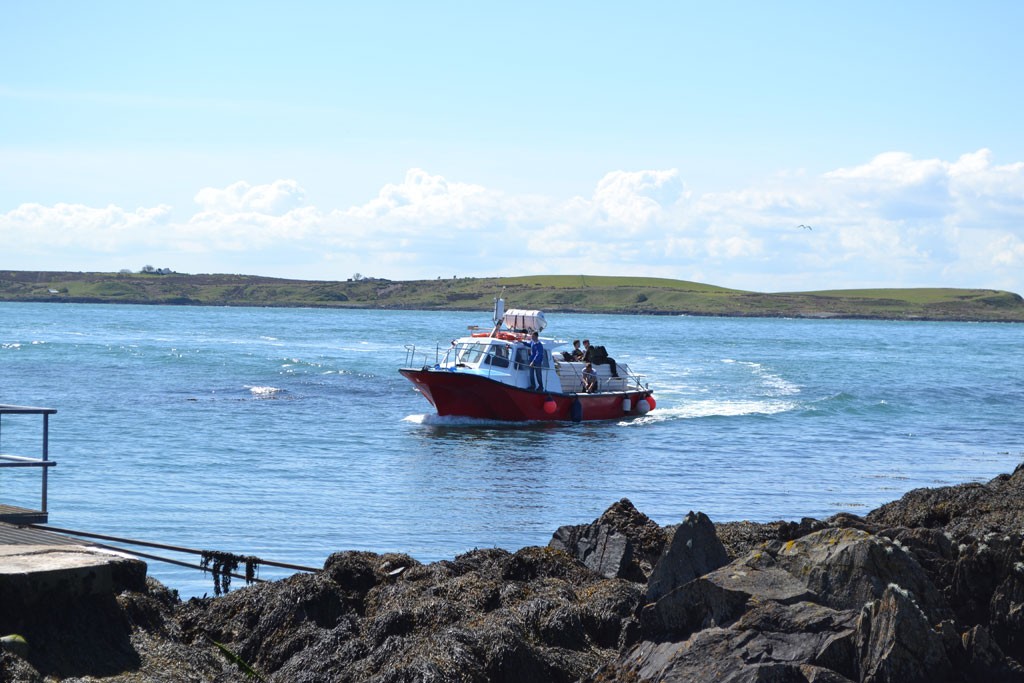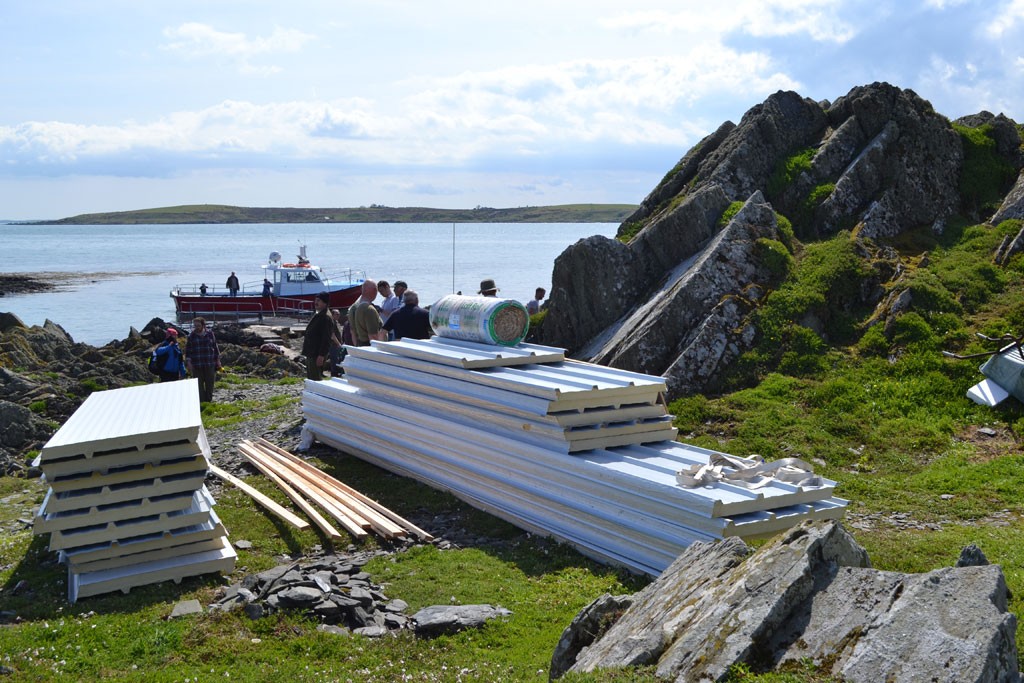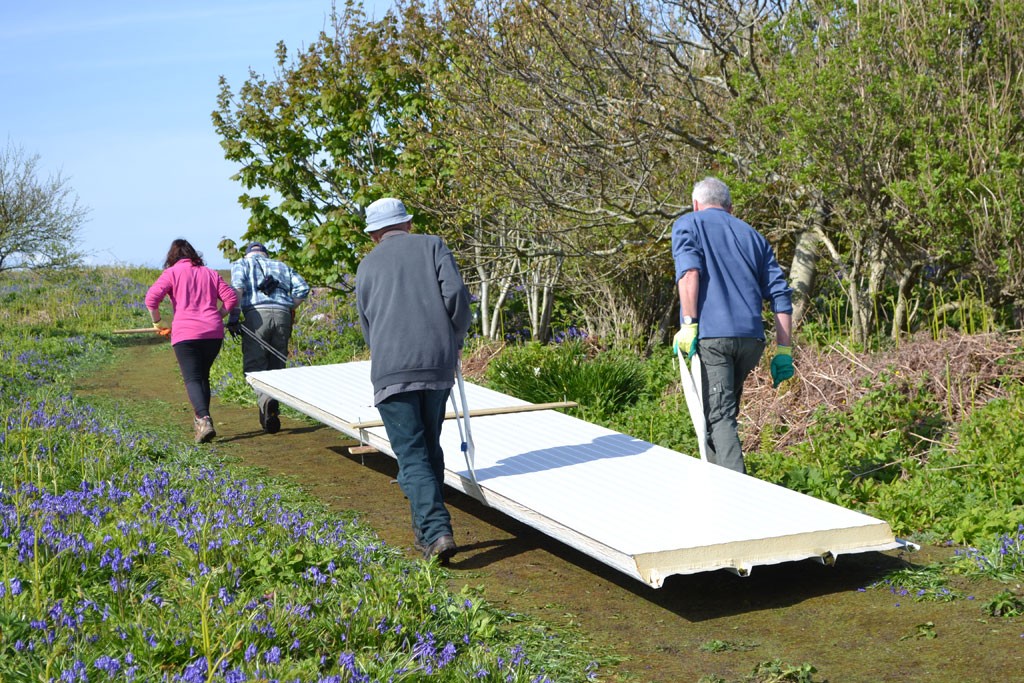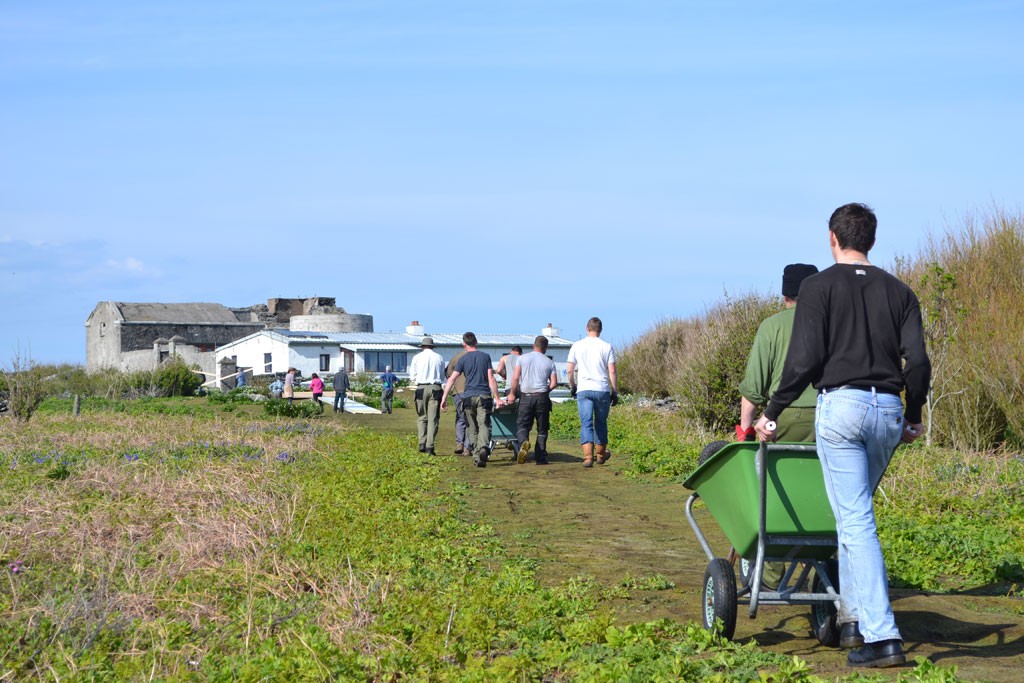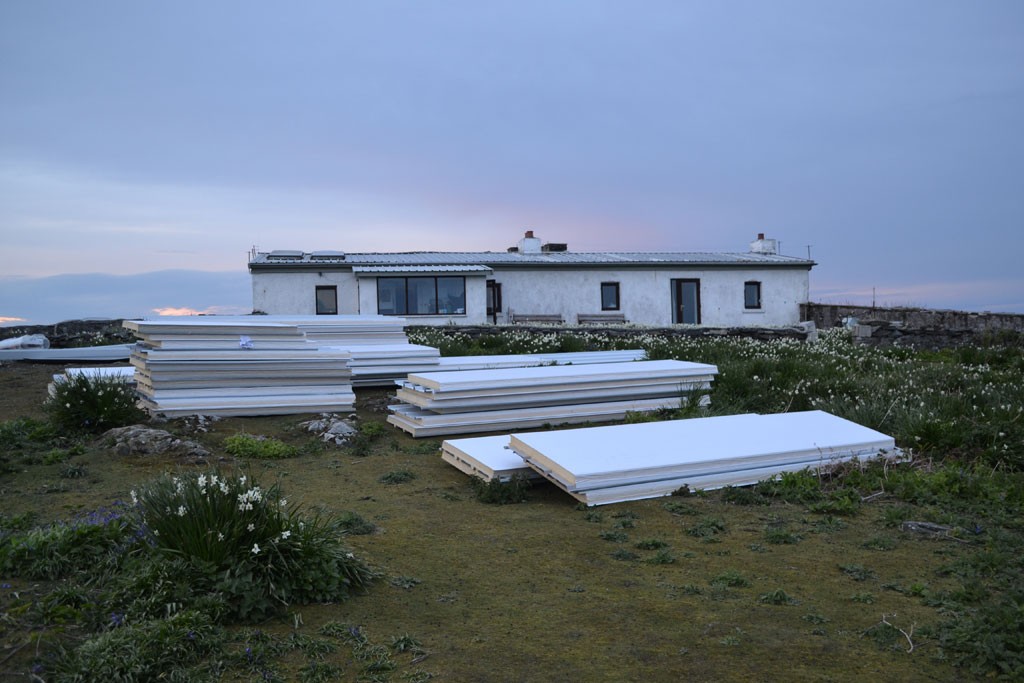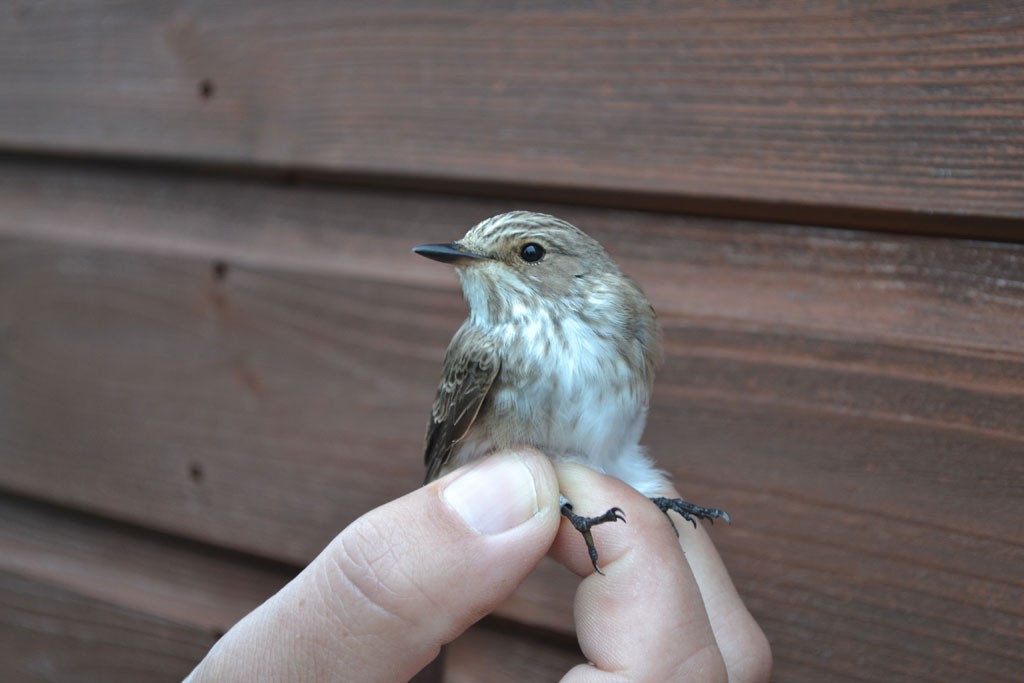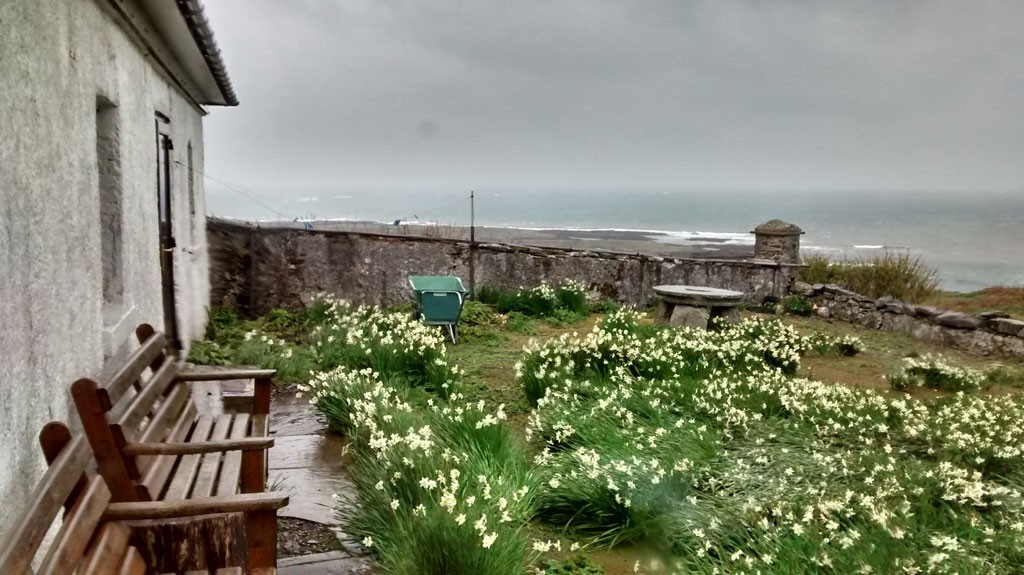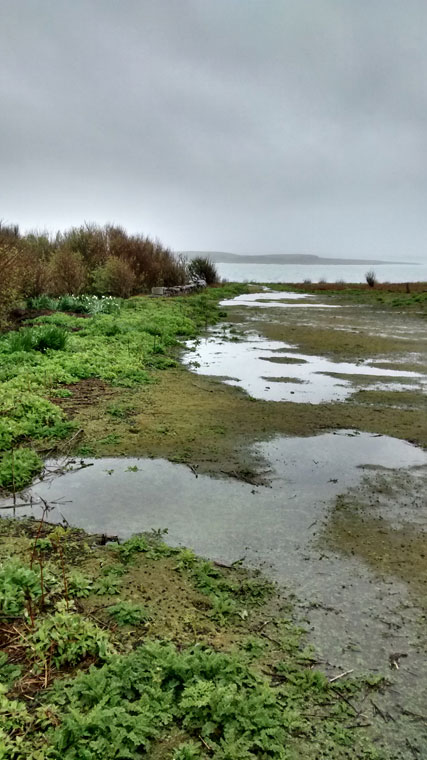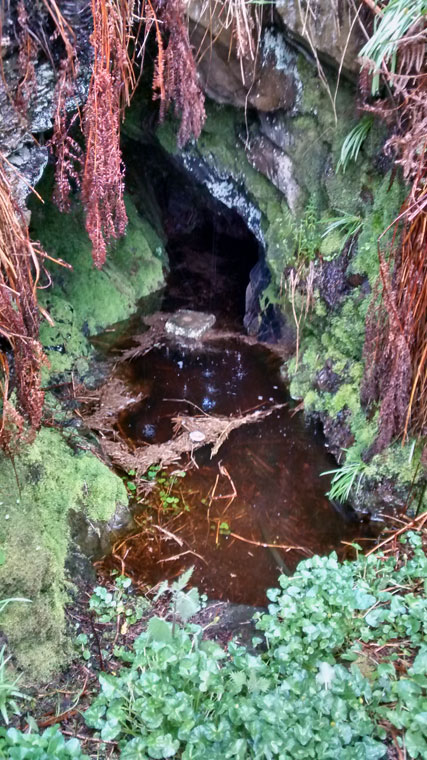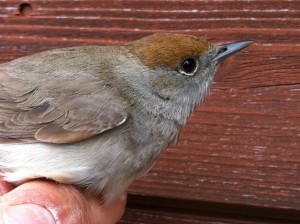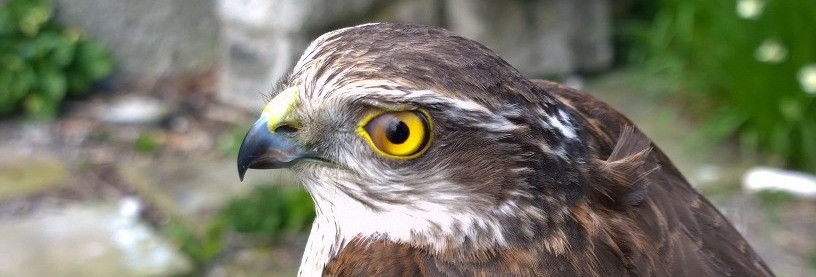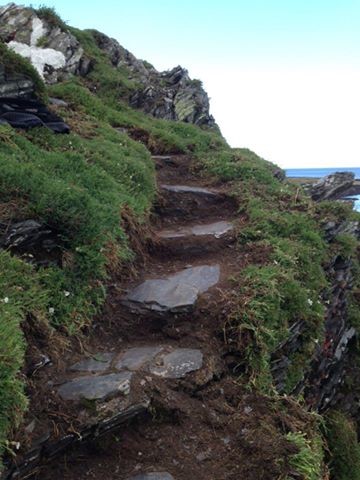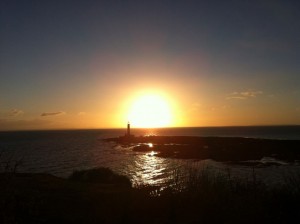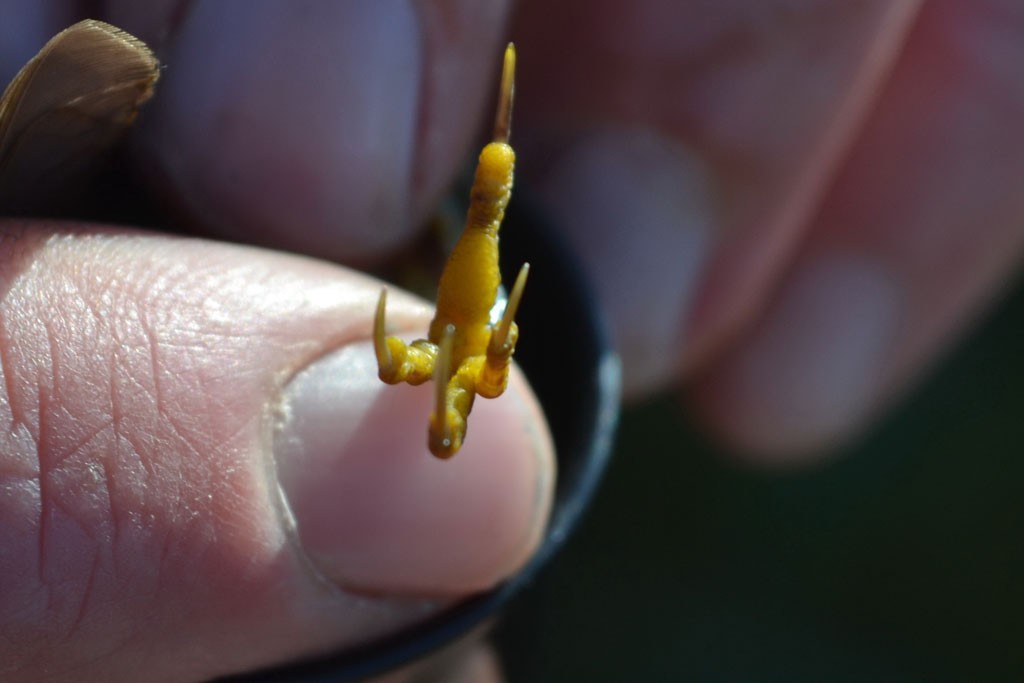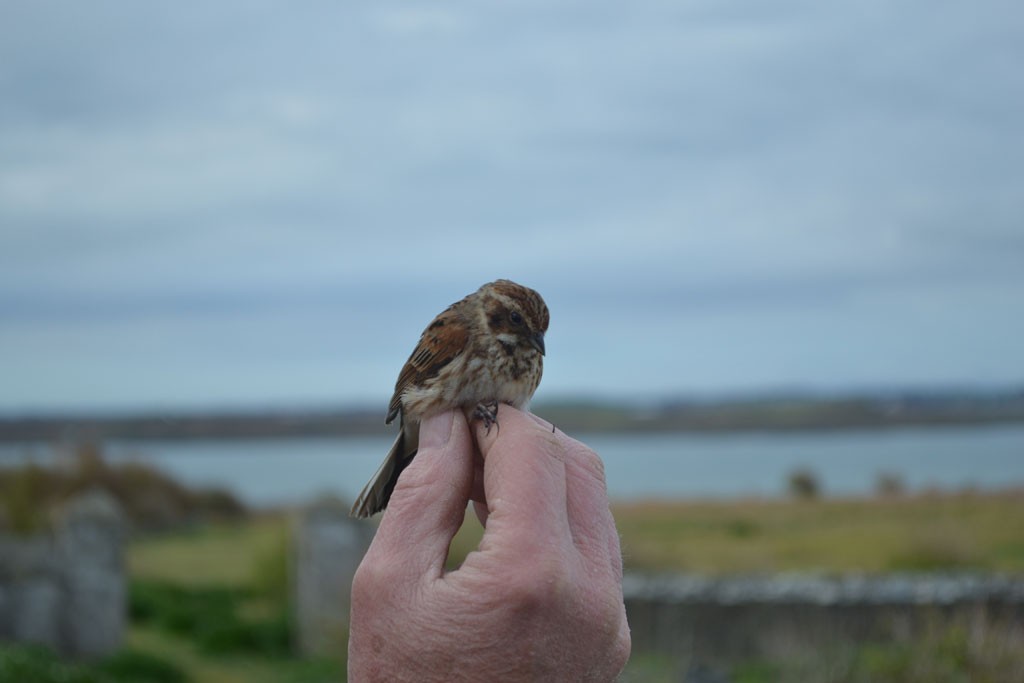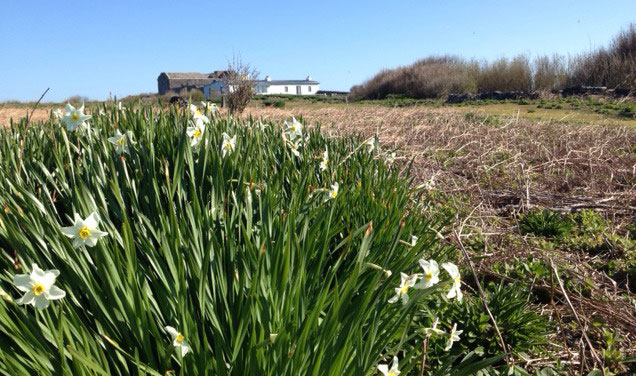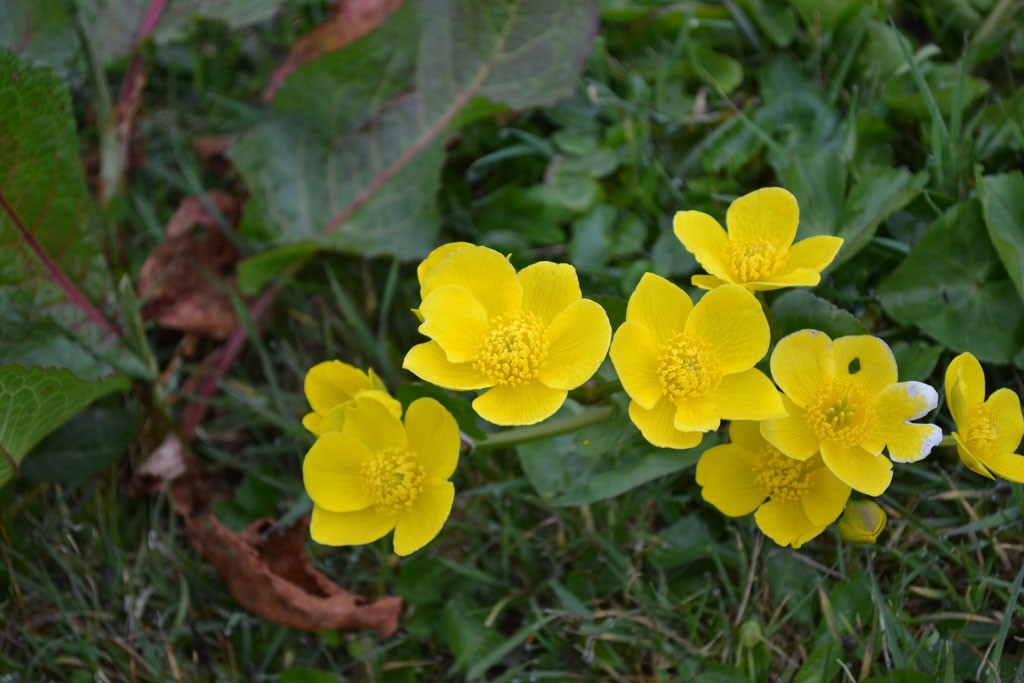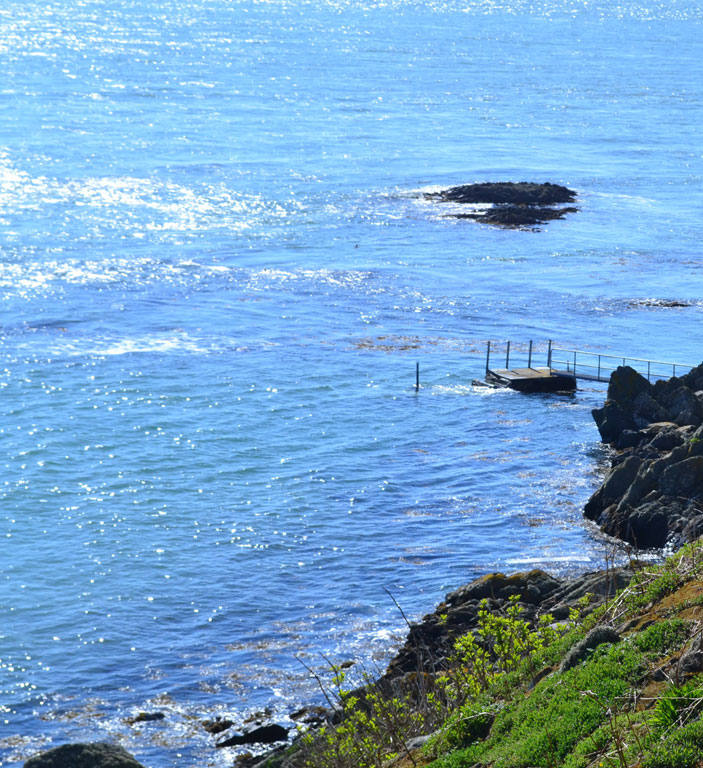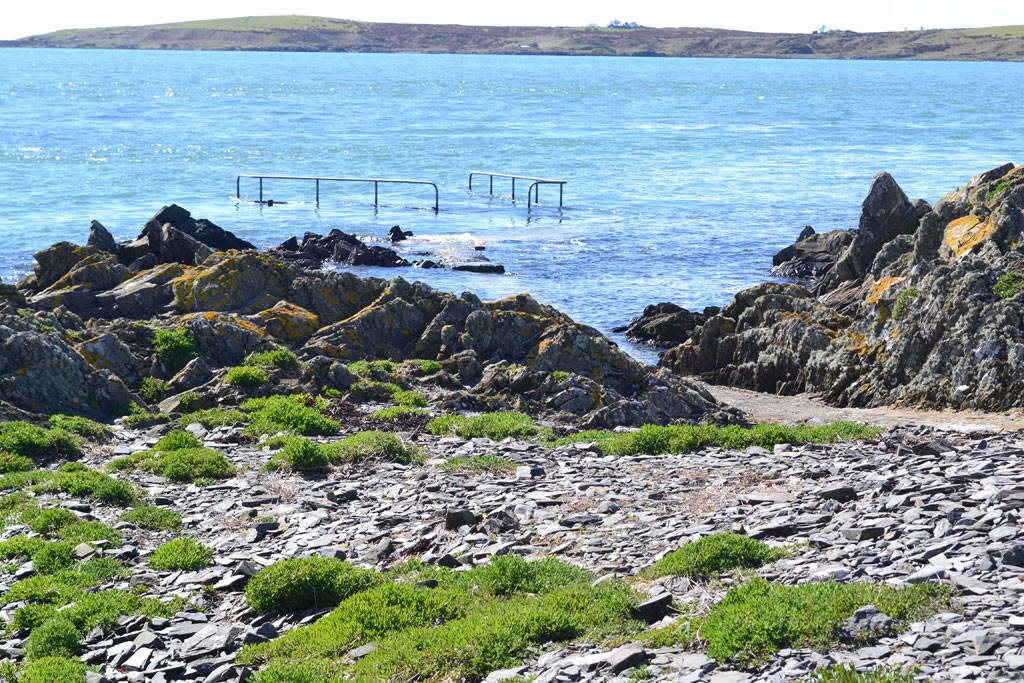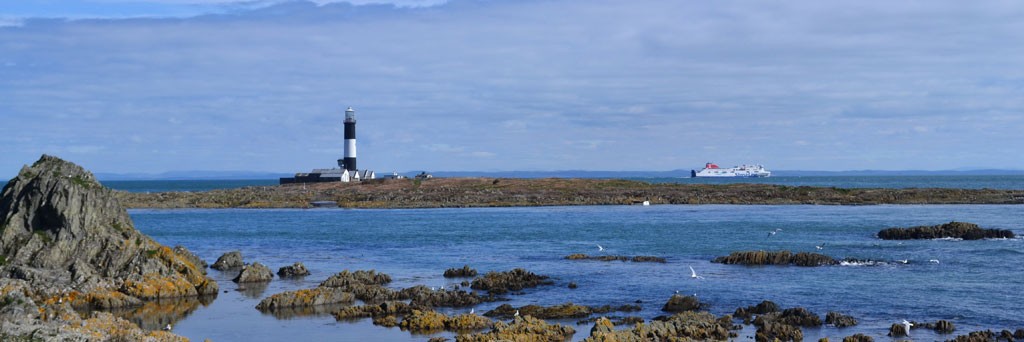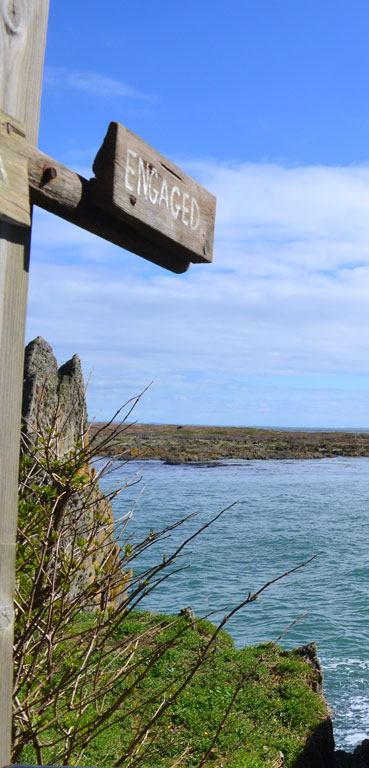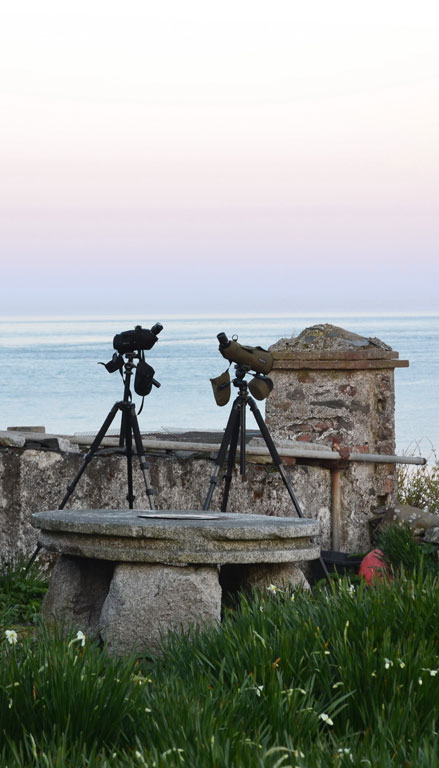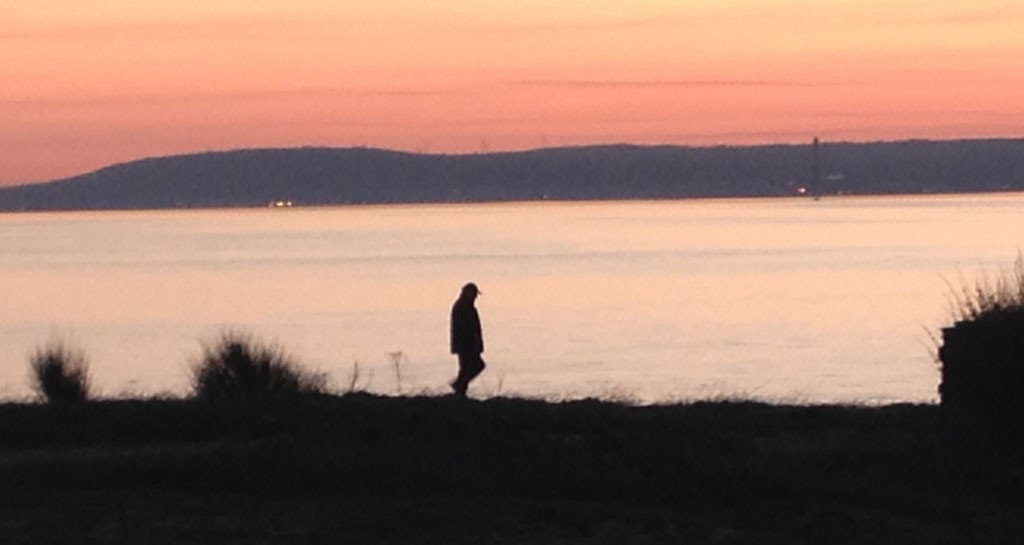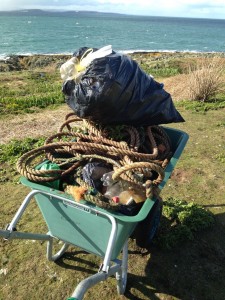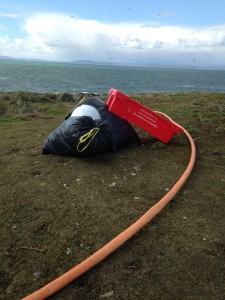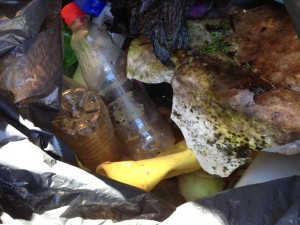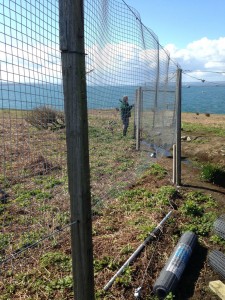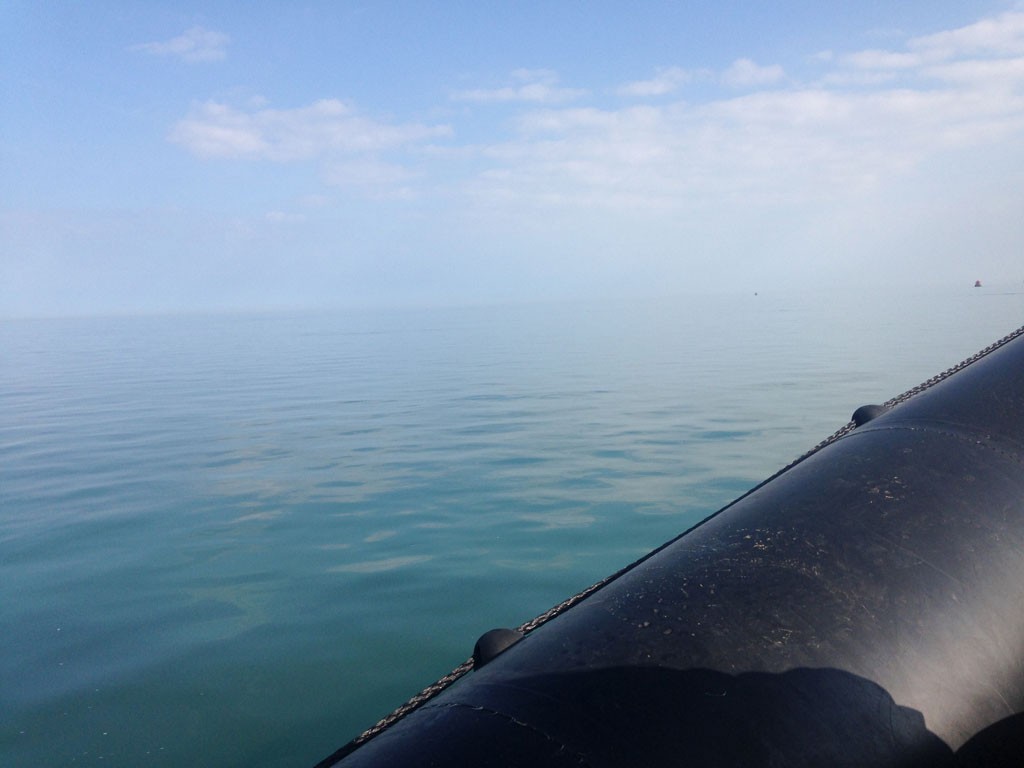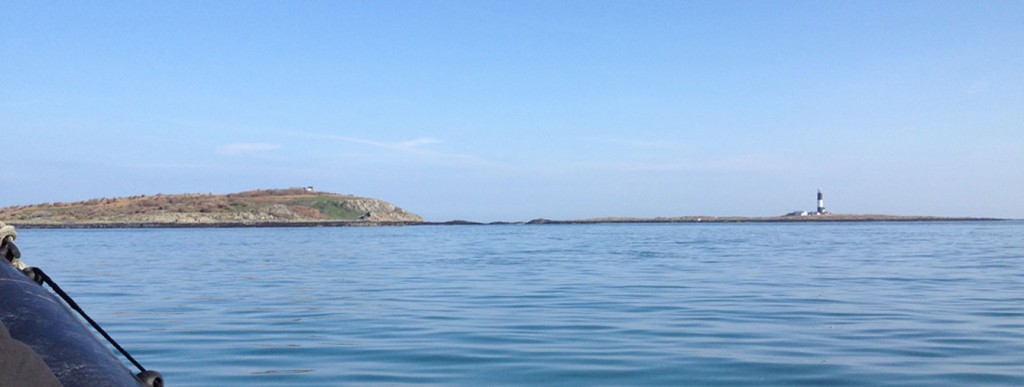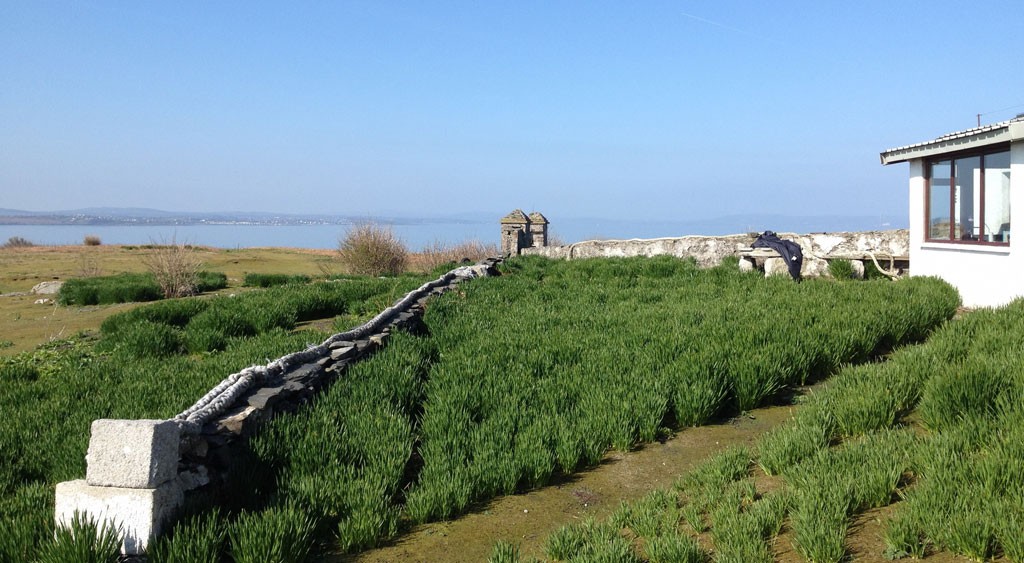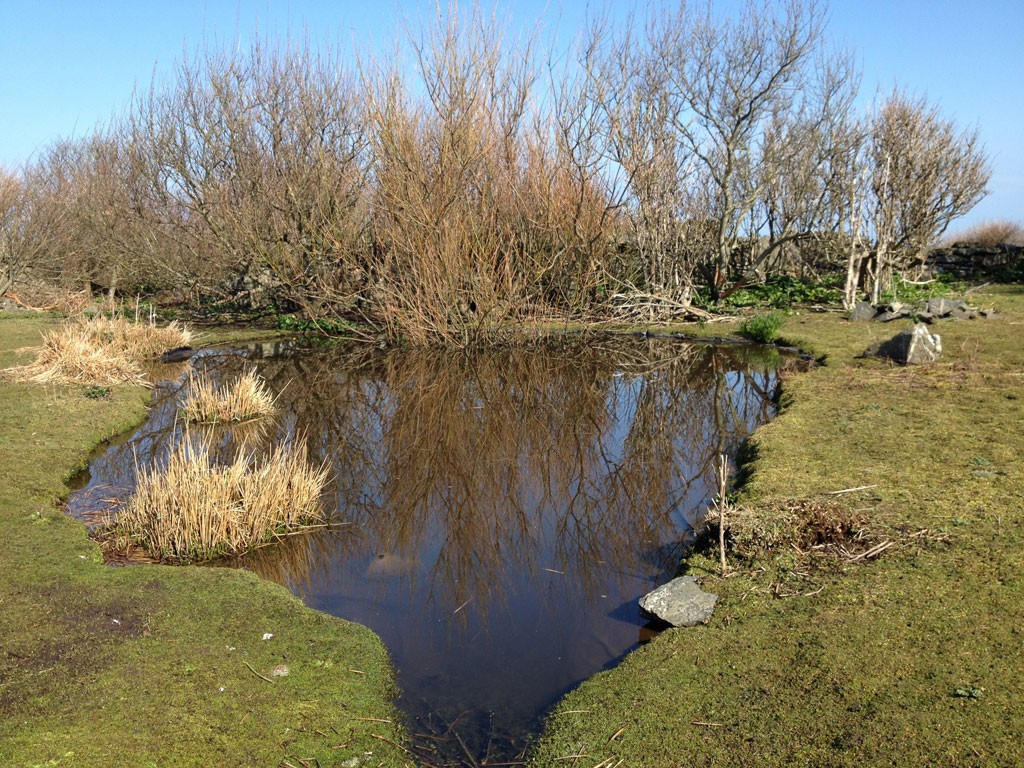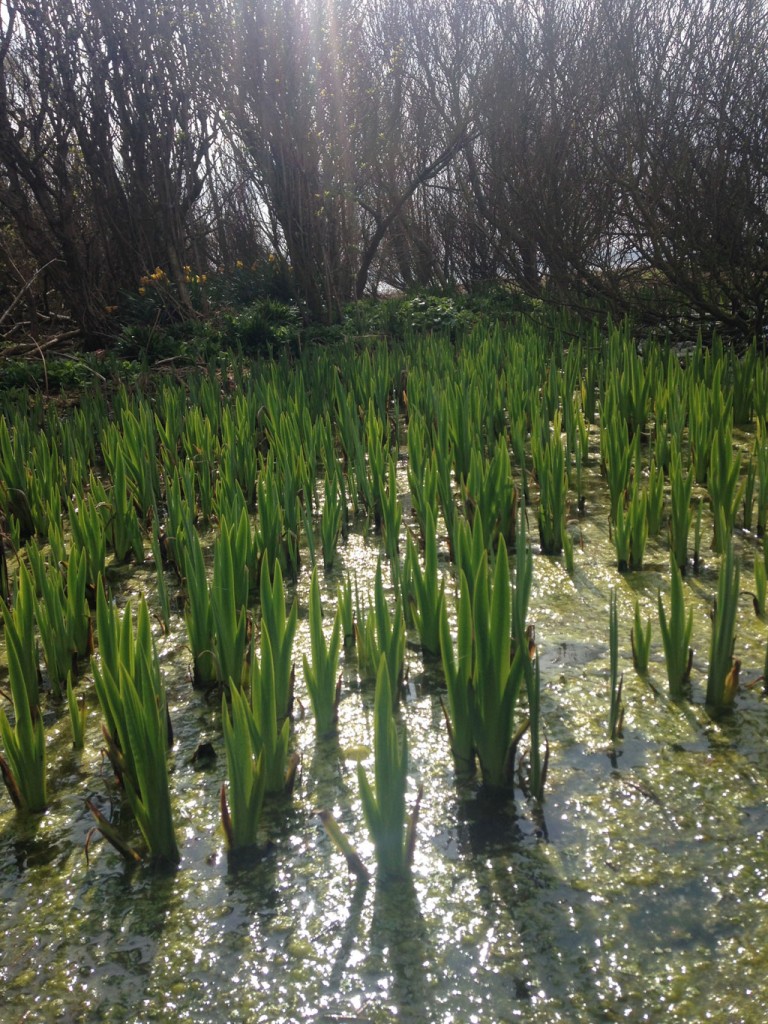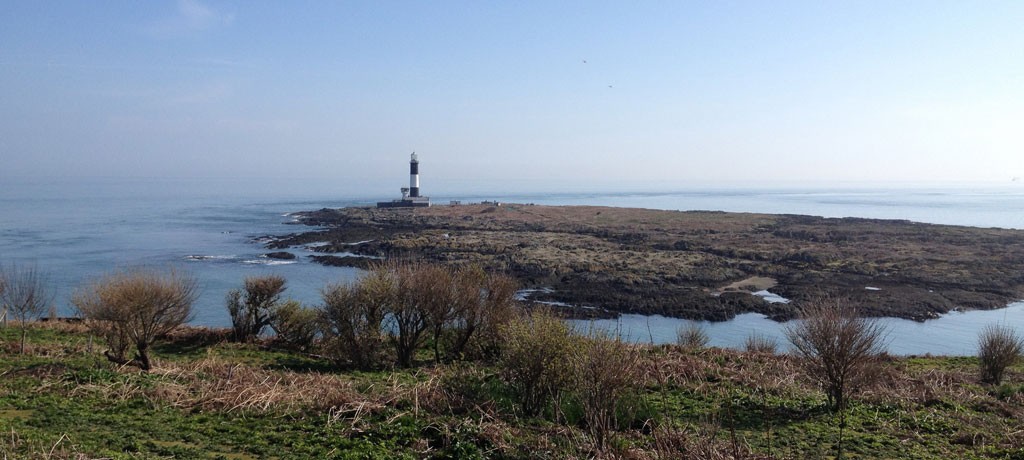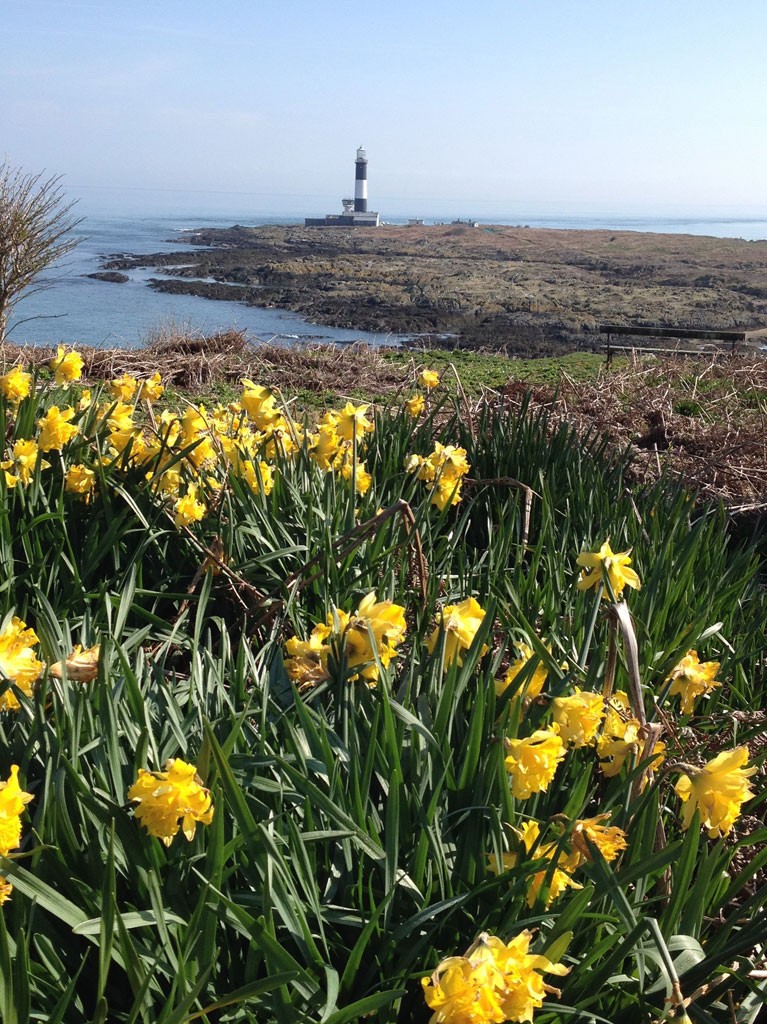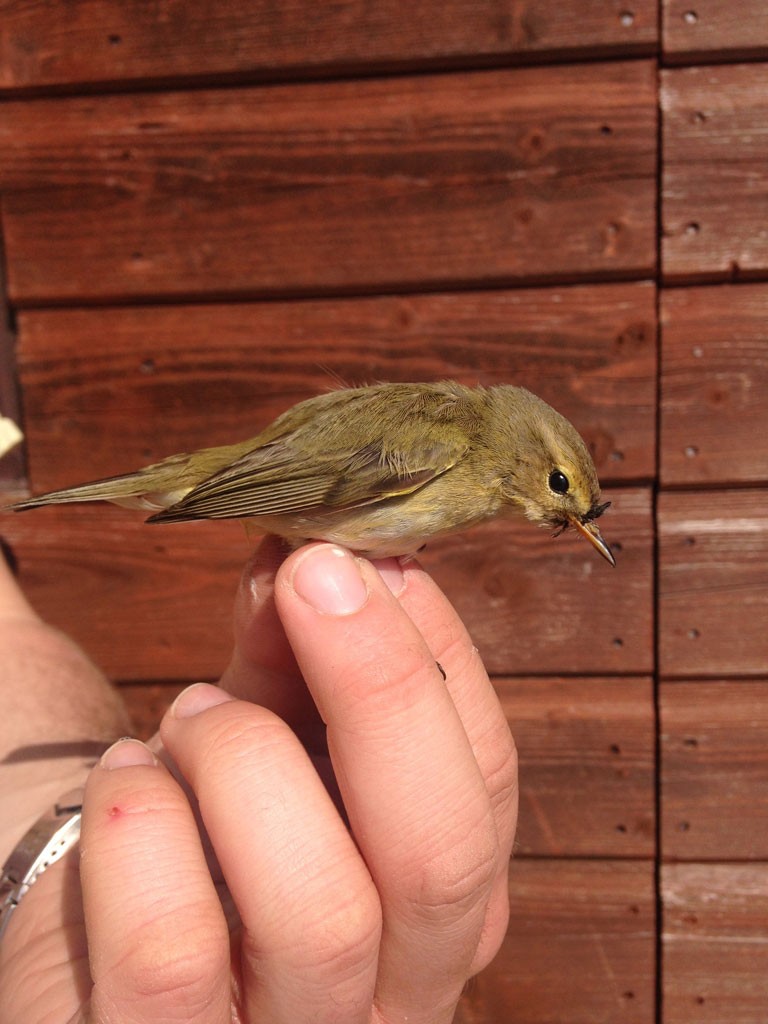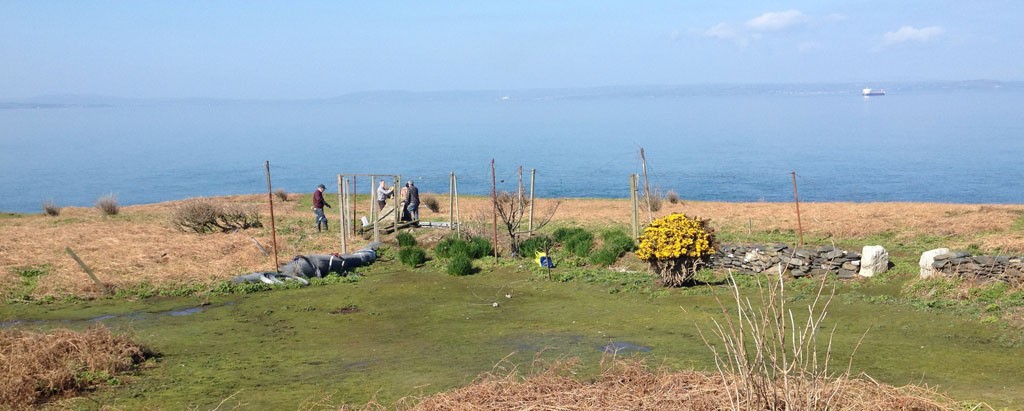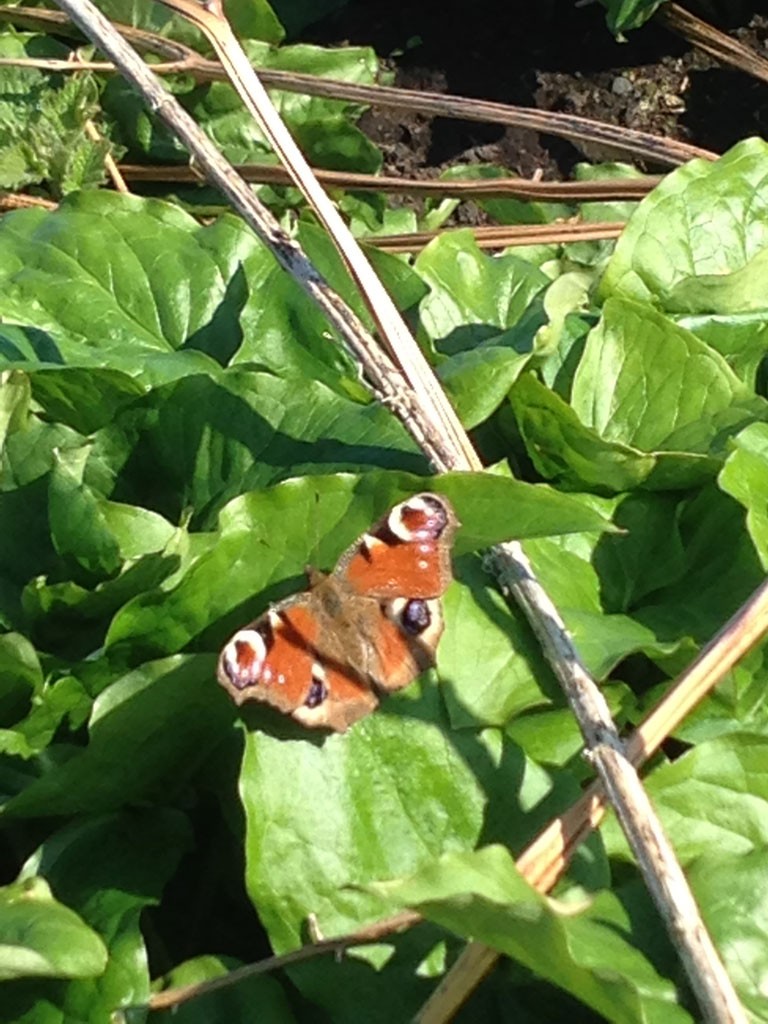3rd-5th July, 2015: Scouts Return to Complete Un-Finished Business!
On Friday, 3rd July a group of 10 Explorer Scouts, with leaders John Lyons, Scott Guiler and DO Chris Acheson, arrived on the island with the express purpose of continuing work on the Gully Trap and completion of a number of other jobs. Five of the boys had been on the island for the same weekend last year and were involved in stripping the old wire off the trap, so it was fitting that they were again contributing significantly to the completion of the job. The other 5 were enjoying their first visit to the Observatory.
After settling in, etc., the group went shearwatering. Twelve new birds were caught and 12 re-trapped – the highlight was a chick from 1985 which had not been recorded since ringing (just short of 30 years).
On Saturday, the boys worked hard and completed several important jobs on the permanent traps in preparation for the Autumn season. The Gully Trap door was repaired and re-hung with new hinges and several new panels of galvanized wire were fixed in position across the trap to extend the roof significantly towards the entrance. The door of the Wall Trap was also re-hung, as it had broken off some time ago, making the trap difficult to use. A newly constructed door was fitted to the Crow Trap, completing its refurbishment and ensuring that it is now also easy to operate.
As this was essentially a working weekend, no mist nets were set, though a few birds were caught during occasional visits to the traps – most notably 5 Jackdaws together in the Crow Trap early on Saturday evening. After nightfall it was clear that many fewer Manx Shearwaters were visiting than on the previous night, so a round of the southern half of the island produced only 2 new birds and 6 re-traps, the oldest from 1988.
On Sunday morning, more roof panels were fitted to the Gully Trap and several heavy rolls of wire mesh were brought up from the Pub to the Old Buildings for storage, thus tidying up the site quite substantially. During a break in the work schedule, the opportunity was taken to visit the Black Guillemot nest sites – 7 chicks were ringed and 2 adults re-trapped (one from 2003 and the other from 2005). Two Great Black-backed Gull chicks were ringed below the Pub.
All in all an enjoyable, successful and productive weekend – many thanks to John, Scott and the boys for all their hard work and continued support of our activities on the island.
Ringing totals for 3rd-5th July, 2015:
- Manx Shearwater 14 (and 18 re-traps)
- Blackcap 1
- Great Black-backed Gull 2
- Blackbird 2
- Black Guillemot 7 (and 2 re-traps)
- Wren 5
- Jackdaw 5

